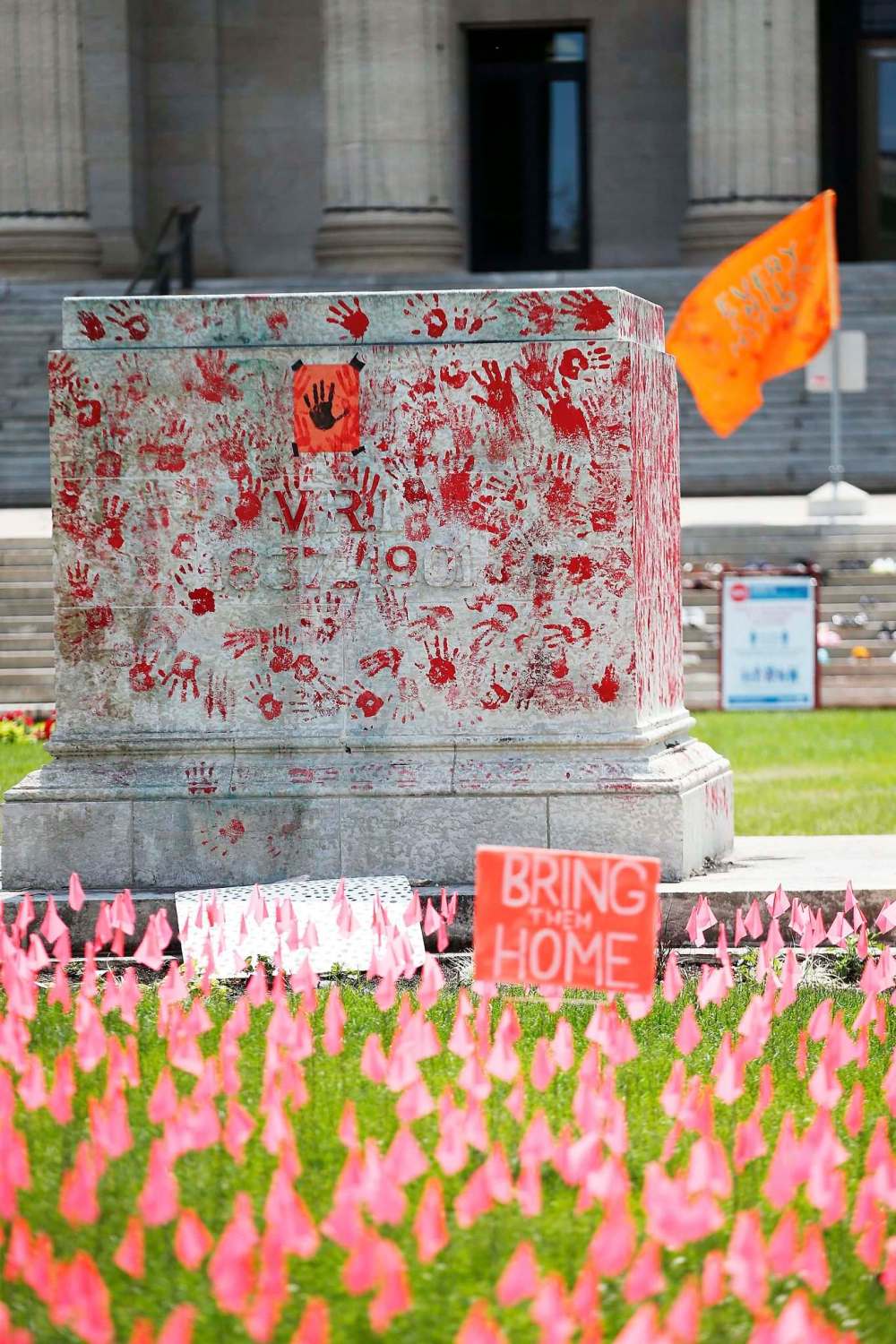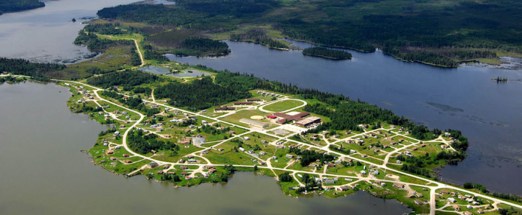Toppled statues prompt reconsideration of tributes
Read this article for free:
or
Already have an account? Log in here »
To continue reading, please subscribe:
Monthly Digital Subscription
$0 for the first 4 weeks*
- Enjoy unlimited reading on winnipegfreepress.com
- Read the E-Edition, our digital replica newspaper
- Access News Break, our award-winning app
- Play interactive puzzles
*No charge for 4 weeks then price increases to the regular rate of $19.00 plus GST every four weeks. Offer available to new and qualified returning subscribers only. Cancel any time.
Monthly Digital Subscription
$4.75/week*
- Enjoy unlimited reading on winnipegfreepress.com
- Read the E-Edition, our digital replica newspaper
- Access News Break, our award-winning app
- Play interactive puzzles
*Billed as $19 plus GST every four weeks. Cancel any time.
To continue reading, please subscribe:
Add Free Press access to your Brandon Sun subscription for only an additional
$1 for the first 4 weeks*
*Your next subscription payment will increase by $1.00 and you will be charged $16.99 plus GST for four weeks. After four weeks, your payment will increase to $23.99 plus GST every four weeks.
Read unlimited articles for free today:
or
Already have an account? Log in here »
Hey there, time traveller!
This article was published 05/07/2021 (1617 days ago), so information in it may no longer be current.
The seated statue of Queen Victoria on the Manitoba Legislature grounds fell victim on Thursday to a group of protesters equipped with ropes who had split off from the peaceful Canada Day march in support of residential school survivors. The 19th-century British monarch’s bronze image was pulled down from its pedestal and daubed with red paint.
This action was clearly inspired by protests elsewhere. Statues of slave-traders in Britain, and Confederate generals in the United States, have been pulled down from their pedestals. Edward Cornwallis, the founding governor of Nova Scotia, who offered a bounty for Mi’kmaq scalps, has been removed from his park in Halifax after political debate. Sir John A. Macdonald, the Canadian prime minister who presided over residential schools, was officially hoisted out of his park in Kingston, Ont., before the ropes and the paint could be applied.
Reaction to the toppling of the statues in Winnipeg was, predictably, mixed. Assembly of Manitoba Chiefs Grand Chief Arlen Dumas said he was “disappointed” by the action, but noted that the young people who pulled them down did so “from a place of hurt … a place of grief … a place of anger.”
Premier Brian Pallister described the event as “unacceptable” vandalism and “a major setback for those who are working toward real reconciliation.”
While the Victoria statue paid tribute to a monarch who ruled during Britain’s colonial expansion, it’s also possible the monument — by dint of the its prominent location directly in front of the legislature — was a target of opportunity on Thursday when the protest group arrived, clearly equipped for the job. The gesture showed how vulnerable public monuments can be. Ukrainian poet Taras Shevchenko and women’s suffrage pioneer Nellie McClung, whose statues also adorn the legislature grounds, could be vulnerable if public sentiment were to turn against them.
Seemingly as an afterthought, the Thursday crowd also pulled down a statue of Queen Elizabeth II — the reigning monarch who has visited Manitoba many times and who has presided over the dissolution of the British Empire. She was not involved in the development of the residential-school system, but her seven decades on the throne included many in which the schools were in operation.
Until the protest group turned up last week, Manitobans generally paid little attention to the statue of Queen Victoria. She died in 1901, having never set foot on Canadian soil. Manitobans know her only from history books. Her symbolic destruction raised the question why she was there in the first place.

In a sense, she was there for the same reason the Shevchenko and McClung statues are there – because a group of citizens at one time wanted to honour her publicly and lobbied government and raised money to have a statue erected. Once your image is in place at the legislature, inertia keeps you there until someone turns up with ropes to haul you down.
Now that she has been pulled down, the Manitoba government and the admirers of Queen Victoria will need to consider whether her likeness should be restored and hoisted back up on its pedestal.
Victoria symbolizes the British Empire in its years of greatest expansion and British capitalism in its years of rapid industrial growth. She symbolizes the power of the British navy, the brutal subjugation of African, Asian and Middle Eastern nations, the establishment of settler colonies such as Canada and the looting of resources from other colonial locales.
Any further discussion of the recently removed monuments should also include conversations about the continuing absence of Indigenous statuary on the legislature grounds.







